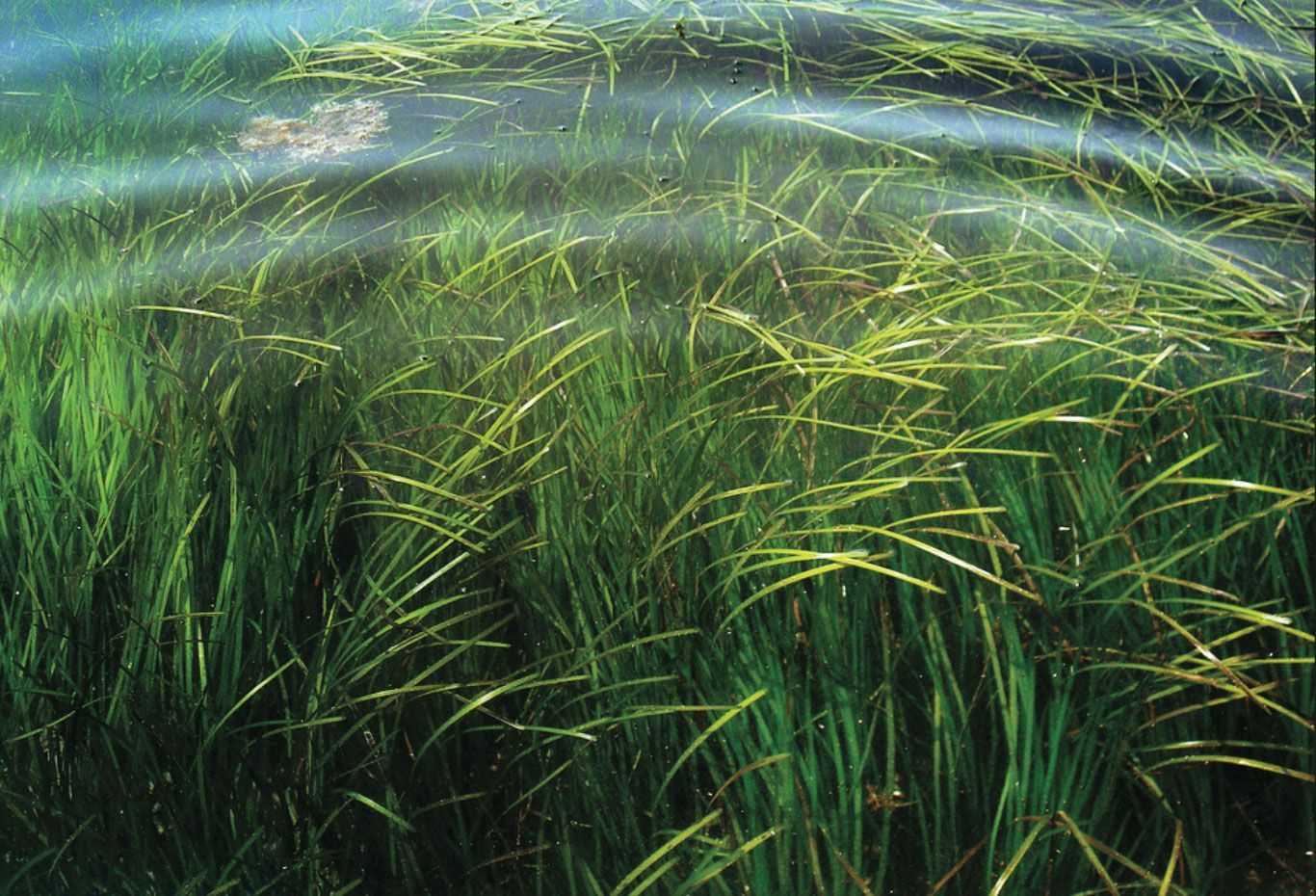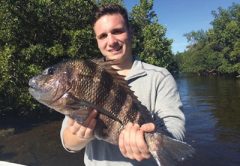Whether you are a local resident or just visiting, one of the first things you notice is that our waterways are overflowing with plant life. The diversity of our local aquatic plant population is astounding and we would fill volumes of books writing about them. But as fishermen, all we need to know is that there is a correlation between these plants and the bass we seek. So today we begin a series of articles to help educate ourselves on plant identification and how to catch bass in and around them.
This month we’re going to cover some basics. In subsequent months, we’ll break down the plant zones and identity some of the more important species of plants.
Most lakes and streams can subdivide their plant ecology into four zones, they are; the shoreline or emergent zone, the floating leafed zone, the submersion zone, and the free-floating zone. The word macrophyte is often used as an all-encompassing term to describe any water based plant that is either, emergent, submergent, or floating, that provides cover for fish, acts as a substrate, i.e. home for creatures, produces oxygen, and serves as food for wildlife.
The emergent zone in simple terms is the shoreline area. This area consists of the grasses and vegetation we see extending out from the lake’s banks into the shallow water. The plants’ roots are firmly footed into the lake’s bottom and their leaves and stalks rise far above the waterline. Local native varieties include Bulrushes, Cattails, Arrowheads, and others. These plants serve as a barrier to protect the shoreline from wave action and erosion as well as provide a home for birds, snails, insects, amphibians, and juvenile fish. Being skinny water, the bass found in these areas are generally yearlings and brood stock. However during spawning season, deeper water pockets can yield a surprisingly large bass.
The next zone is the floating leafed zone. In this zone the plants are generally tethered to the lake’s bottom by long root like tentacles and have broad leaves that float on the surface of the water. Local varieties include American Lotus, Big Floating Heart, Crested Floating Heart, and Water Lilies. Being located in deeper water, these plants provide a permanent habitat for baitfish and bass. In the summertime, the broad floating leaves provide natural shade for the bass and a great place to ambush their next meal. When a fisherman talks about ‘punching the mats’ they are usually referring to fishing the open spaces between these plants.
The submergent zone is arguably one of, if not the most important area for maintaining fish stocks (population) and to the fishermen. This zone is often referred to as the nursery of the lake for many species use this area as a haven for their fry and fingerlings to feed and grow. With an abundance of small fish, naturally you’ll find opportunistic predators such as Mr. Bass. Typical plant species in this zone include; Eel Grass, Coontail, Pondweed, and the love it, or hate it Hydrilla. Being that plants in this zone are submerged, they depend on light penetrating to the lake’s bottom to promote photosynthesis and growth. This requires clarity in the water and limits the depths these plants can survive in. During heavy storms and long turbulent weather patterns, the water clarity can get so dirty that light no longer reaches the submersed plants and they quickly begin to die. These decaying plants in turn place a negative Oxygen load in the water that can lead to fish kills for the smaller fish and drive the bass to other areas of the lake. In a similar fashion, Hydrilla in the summer, when left uncontrolled, can create large floating thick mats that shade the submersed plants from sunlight and prevent light from reaching the plants below and again, begin the decay cycle. In Lake Okeechobee and other local lakes, the water management authorities maintain plant balance through the use of various chemical and mechanical treatments. Fishing the submerged zone will vary by season. When plant life is reduced as in winter and early spring, the deeper water these plants are found it make it great for fishing crank baits and plastic swim baits. When summer rolls in and the plants start to fill the water column, jigs and top water baits will work when you can find an opening.
The free-floating plants are the lake’s wanders. These plants have no tethered roots to the lake’s bottom and are free to roam where ever the wind and current take them. Local varieties include; Water Lettuce, Water Hyacinth, Duck Weed, Tropical Watergrass, and Pennywort. When found in small portions they cause no harm, when found in mass, they form thick impenetrable mats that when pushed to shore can produce extensive damage to more beneficial plants. As for fishing these plants, during the winter and spring, when in small isolated pockets, bass will congregate in and near these plants. However once the summer sun and heat supercharge their growth, areas underneath these floating mats will become dead zones, depleted of oxygen and void of fish.
The last plant group and not mentioned earlier is algae. Algae is generally considered a single-cell plant that can be free-floating such as phytoplankton, or stringy and mat forming and referred to as filamentous algae. Phytoplankton is a key player in a lake’s ecology since it provides food for smaller organisms which in turn become food for fish, amphibians, and birds. Algae is also important for it produces oxygen as a by-product of the photosynthesis process, and fish need water borne oxygen to breathe. Though a building block to life in the lake, excessive amounts of algae known as ‘blooms’ can be problematic for the lake. When a bloom dies off, it no longer produces oxygen but instead coverts to a decaying mass which consumes oxygen and that can lead to fish kills. An even greater concern then a phytoplankton bloom is the presence of a blue-algae bloom. In addition to consuming oxygen when decaying, blue-green algae often release toxins into the water that can kill fish and harm humans if consumed untreated. Unfortunately controlling algae is very difficult for it is environmentally dependent (rain, sun, temperature, wind, currents) and requires controlling nutrient rich storm-water runoff and other sources of nitrogen and phosphorus which are common elements in everyday agriculture and household products. Simply put there is no easy answer for this problem.
As I mentioned in the introduction of this series, there is a lot to take in and digest and we have only begun to scratch the surface. The simple fact is that the Big ‘O’ is ever changing. If you’re on the lake frequently, you’ll find conditions change almost daily. Our hope is that by following this series to its end, you’ll be better informed to find where the fish are and more importantly, avoid the areas where they are not.







